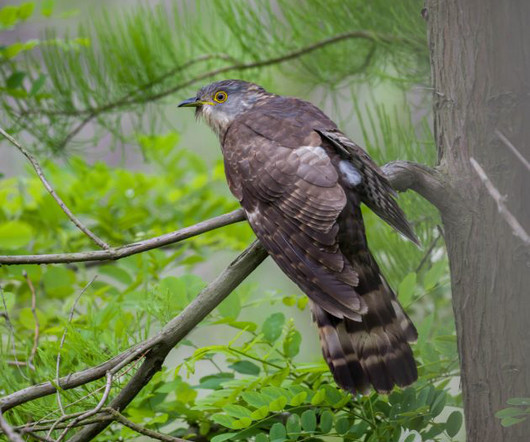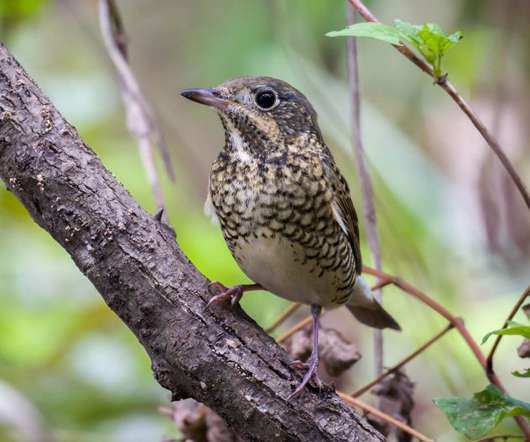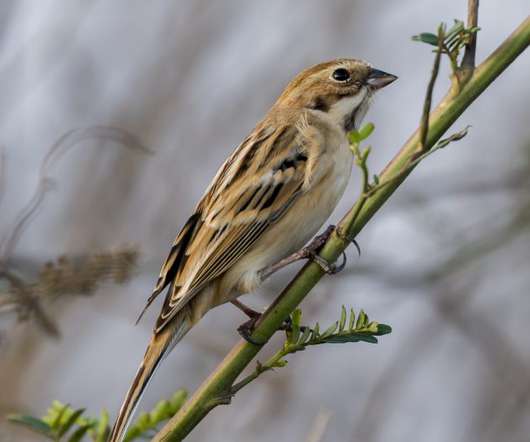Birding Shanghai in May 2023 – Part 1
10,000 Birds
MAY 25, 2023
May is a busy month for birds migrating through Shanghai – and of course, last May was completely missed due to the lockdown. So, I spent a lot of time birding this month, and to keep this post at a manageable length, it mostly only covers the first half of May. The video is notable for the bird basically refusing to move at all.












Let's personalize your content